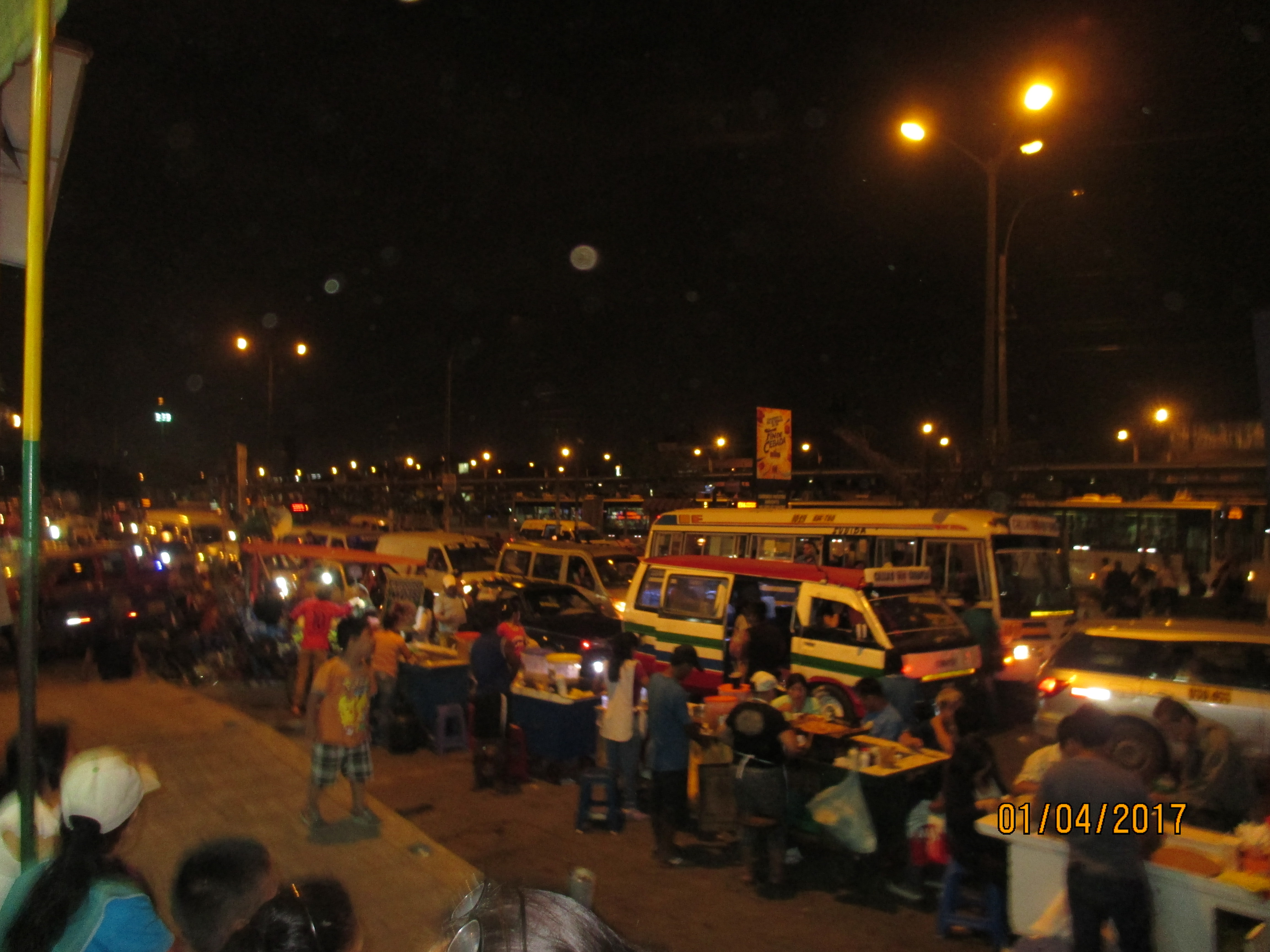Peru, Independencia
FC-01x Future Cities (Self-Paced) - Exercise 1 : "Making the Invisible - Visible"

Uploaded on 2017-04-07 by Kristell Oriana Velarde Hurtado
1. Information visible in this photo: - Informal transport of citizens. - Traffic. - Excess of vehicular speed. - Disorder in the stands of taking means of transportation. - Contamination (water, air, soil, noise, visual, light, food). - Informal fast food vendors at bus station. - Insecurity in transport dynamics. - Excessive use of obsolete vehicular of transport. - Vehicle chaos. - Citizens lacking education and environmental culture. - Citizens do not care about the environment. - Citizens do not practice good environmental principles. - Citizens do not keep green areas. - Citizens do not conserve biodiversity. - Citizens with lack of knowledge in relation to environmental construction. - Citizens lacking occupational health and safety. - Citizens lacking education and knowledge of public regulation. - Low socio-economic stratum. - Lifestyle: Survival, (covering your basic needs primarily). - Non-application of government regulation. - No government intervention to remedy this situation. - Non-conservation of the environment. - Lack of green areas per m2 of citizens. 2. Identify and present two "invisible information" that can be extracted out of the visible information of this photo. Invisible information: For 1 minute: - Number of trips in general: approx. 100 trips per minute. For 1 hour: - Number of trips per adult: approx. 88% per hour, of a sample of 100 people. - Number of trips by senior citizens: approx.10% per hour, of a sample of 100 people. - Number of trips per student: approx. 2% per hour, of a sample of 100 people. 3. Select one of your choices from the previous question and describe how this invisible information can become knowledge and contribute to the planning of a more livable urban space. - Number of trips in general: approx. 100 trips per minute. It can become knowledge when analyzing the dynamics of urban transport. This knowledge can contribute to a more livable urban space, through the implementation of an intelligent urban ecological transport system.